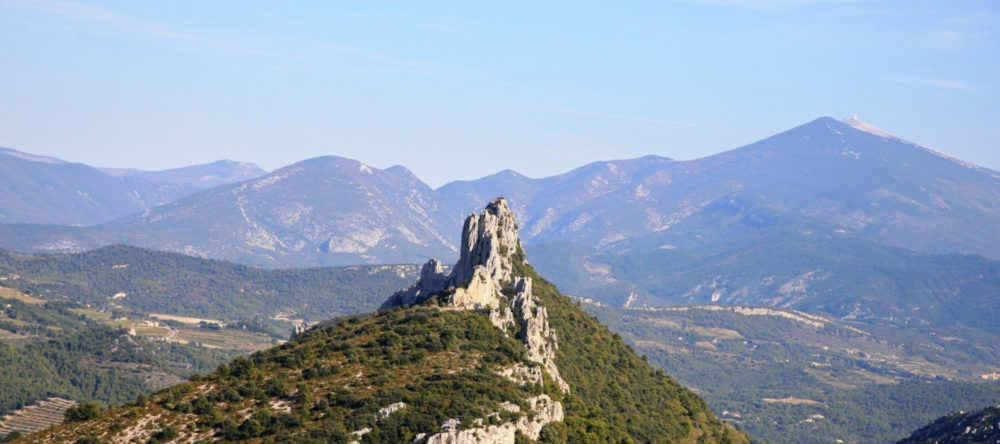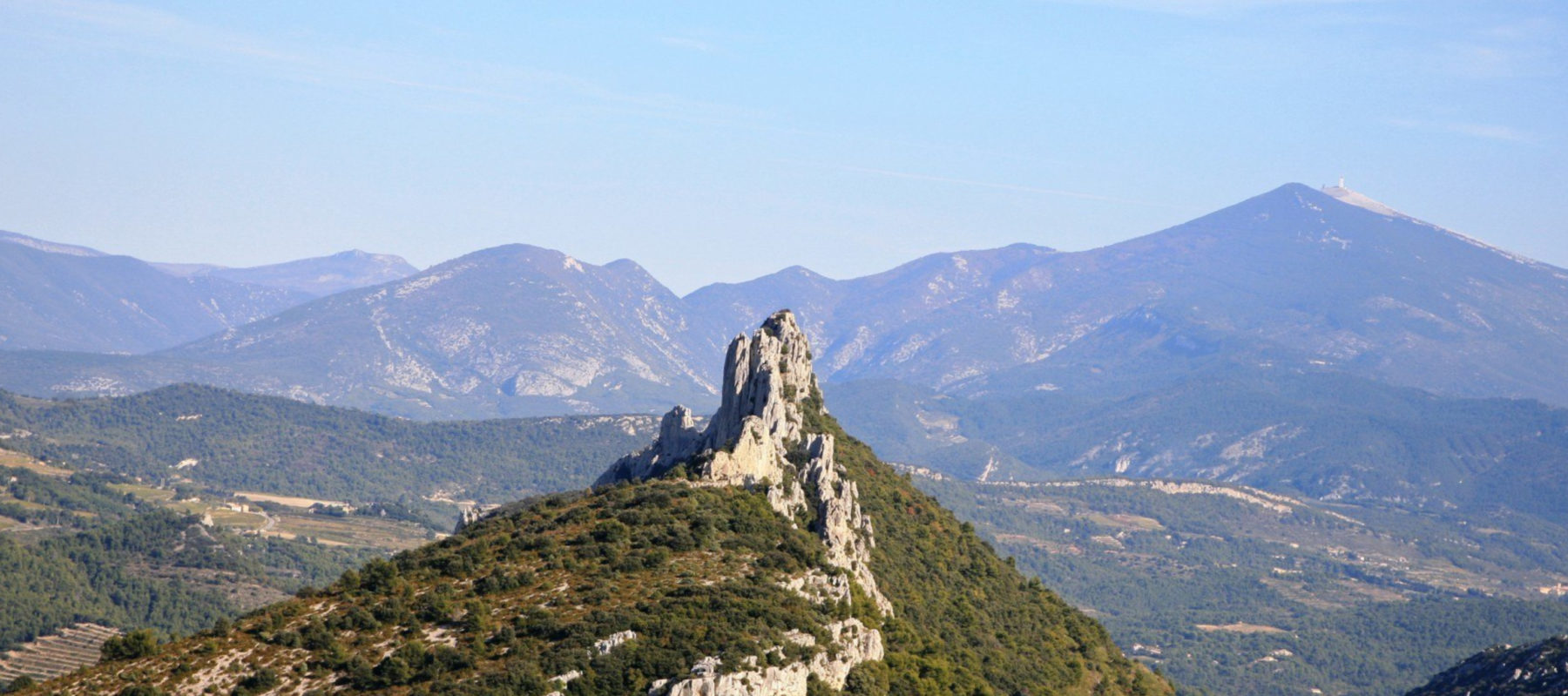
Unquestionably, one of my favorite villages in the Southern Rhône is Gigondas. This cooler, higher elevation terroir produces beautiful, spicy, complex wines that age gracefully. The soils here are more limestone-based, which helps the wines retain acidity as well as a sense of freshness and minerality.
This small retrospective looks at the 2007 vintage, which is one of the top vintages for the Southern Rhône in the past three decades. The vintage saw flowering occur in early May and a relatively rainy start to the growing season, which was critical in helping the vines avoid water stress later in the year. Then starting in late June until the end of harvest, the weather turned extremely dry and saw relatively cool temperatures. The growing season from June 16 to September 15 registered just over 9 inches of rain, making it one of the driest in the past 20+ years. Daytime temperatures remained warm and even, with no heat spikes, while the vintage saw cooler than average nighttime temperatures.
A couple of key points about the vintage:
- This was a cooler than usual vintage featuring warm days and cool nights.
- There were no heat spikes, with only 34 days above 86 degrees Fahrenheit (30 Celsius). If you limit the dates to the most significant months of July and August, the vintage becomes even more singular when compared to other great vintages.
- This was one of the driest vintages since 1871.
- This was an exceptionally sunny vintage that, per Harry Karis’s The Châteauneuf du Pape Wine Book, recorded 2,958.3 hours of sunshine. This is only behind 1989 and 2005, and in the same ballpark as 2010.
- The 2007 vintage saw more mistral days than any recent top vintage aside from 2001 and 1990.
- Yields were healthy, which, along with the long and even growing season, allowed plenty of hang time and incredible phenolic ripeness.
These factors all contributed to what is truly a great, great vintage.
I was able to taste the 2007s on release as well as for a 10-year retrospective in 2017. In addition, I purchased heavily in the vintage and continue to routinely pull these wines from my cellar. The 2007s continue to show brilliantly today, and if anything, are aging more slowly than those from Châteauneuf du Pape and the other Southern Rhône appellations. Most of the wines are, at age 14, now completely mature, yet few of the wines are tired or over the hill. In fact, most have a solid 4-5 years, if not a decade, of prime drinking ahead of them. And the top wines will have a gradual decline after that.
In general, most Southern Rhônes are fully mature by age 10 and best drunk by age 20, but great vintages such as 1998, 2001, 2007, 2010, and 2016 will push those guidelines.
The reviews
All these wines were shipped directly from the estates to my office in Colorado. As always, provenance is key. While I continue to have incredible success with 2007s from the Southern Rhône from my cellar, which were purchased on release, I find much more variability when sourcing wines today. If you have these wines in your cellar, now is a great time to start opening bottles. The vast majority of these wines benefited from a decant and held up nicely over the two days I was able to follow each wine.
Happy hunting, and more importantly, happy drinking,
Jeb

